Public Porn
Posted on October 24, 2018 by Jessie Sage
Originally Published in The Pittsburgh City Paper.
Last year, I held a workshop about dirty talk in phone sex work at a club in Canada. Given that it was a space designed for public enactments of sexuality, I wasn’t surprised to find my presentation competing with jumbo TV screens playing pornography. An amusing coincidence caused me to laugh mid presentation when I realized one video featured a friend of mine. An occupational hazard, to be sure.
I have been in a handful of other sex clubs like this one, and it is increasingly the norm for porn to play on a continuous loop. There is a certain logic to this. Public porn consumption itself has been ghettoized, with theaters and booths first pushed to the margins in red light districts, then “beautified” out of cities altogether. These clubs serve as one of the few spaces left for public engagement with pornography (adult film festivals like Dan Savage’s traveling Hump! Festival, or the more local Smut Theater Shorts festivals put on by sex-positive collective Fair Moans this past summer being notable exceptions).
Clubs themselves are also ghettoized. It is not uncommon for them to be located in warehouses off the beaten path. But this also opens up possibilities that can’t be found in more mainstream establishments. The very point of both the clubs and pornography itself, is to express that which isn’t being expressed, and to do what is typically done privately, in public. For this reason, both are counter-cultural. In regards to pornography specifically, Dr. Laura Helen Marks says in her new book, Alice in Pornoland, “Pornography seeks to speak the unspoken, to lay it all out there sexually, in a culture that demonizes sex.” But clearly this also applies to sex clubs.
They say that actions speak louder than words, and, in the case of clubs and other public spaces that screen porn, I think it is worth asking what messages they’re sending with their curation choices. Though I will spare graphic details, the last several times I have been to sex clubs, they have exclusively featured pornography that catered to the straight male gaze, where male sexual pleasure was central and women served as vehicles for it. Porn is powerful. Those choices say a lot about who the space is for, and whose desires are being catered to.
Despite what anti-porn critics would have us believe, porn is often produced that is more expansive and inclusive than this. Marks observes, “Porn is not a hermetically sealed male utopia, it spills out of the confines and refuses to remain neatly in its specially designated category.” Historically, there has been space for porn centered on women, the sexually marginalized, the gender non-conforming.
The goal of many of these sex clubs is to create a space, outside the mainstream, where a variety of sexual expressions can flourish. Porn can work nicely in conjunction with this project, but for that to be the case, curators have to be conscious of what they’re saying with their porn, what they are signaling about whose desires and identities belong, and whose are excluded. The inclusion of publicly consumed porn in these spaces has the potential to be radically inclusive and transgressive, but in order to do so, curators need to be open and thoughtful to a wide array of media.
Podcast Episode 29
With Halloween approaching, I brace myself for yet another week of recycled articles bemoaning the over-sexualization of Halloween costumes. Listicles proudly recommend non-sexualized costumes. Self-avowed feminists criticize costume producers and wearers alike. A moralistic panic around the “pornification” of Halloween inspires these authors.
Yet, even a cursory investigation into the history of pornography tells us that the connection between the spooky and the pornographic is no accident. In Episode 29 we speak with Dr. Laura Helen Marks about her new book exploring this history.
She traces the history of pornographic tropes, and their peculiar connection to Victorian culture and literature, demonstrating that our first visual pornographies were Victorian, and importantly, the monstrous that is characteristic of the Gothic era, is ripe for pornographic and sexual exploration. She says, “The complex sensations such creatures arouse are spaces for exploration and re-visioning of sexual identity.”
Halloween is a break from reality, where boundaries are crossed and the impossible becomes possible, the monstrous comes alive. As Marks points out, this is a characteristic of porn too. She says, “Porn insistently goes to places mainstream world never dare, tastelessly sexualizing stories, people, and places that the mainstream handles with sanctimonious sobriety.”
For more on this connection, go to www.peepshowpodcast.com/peepshow-podcast-episode-29
